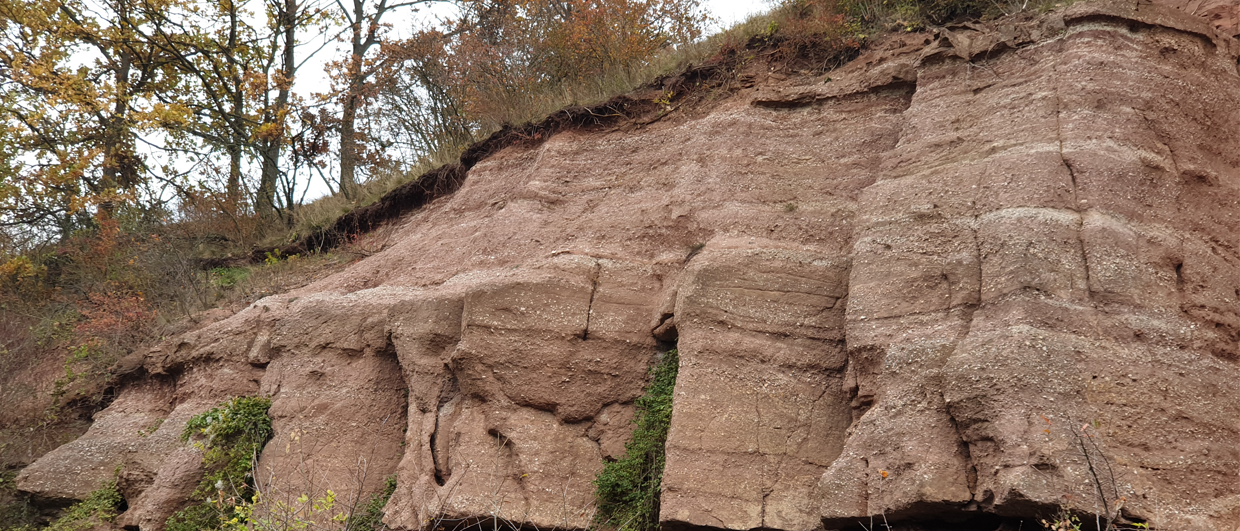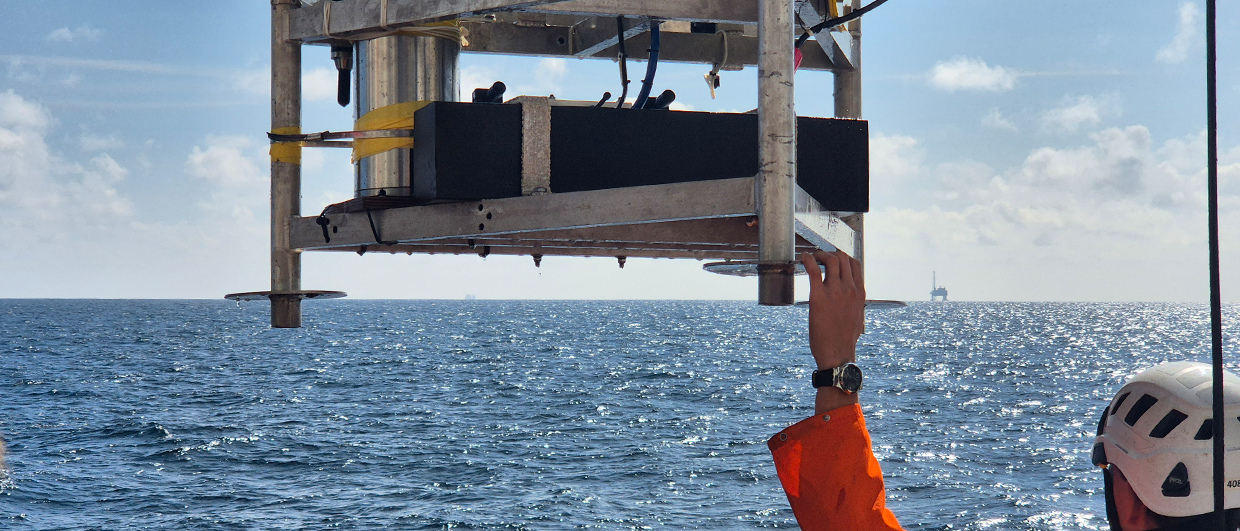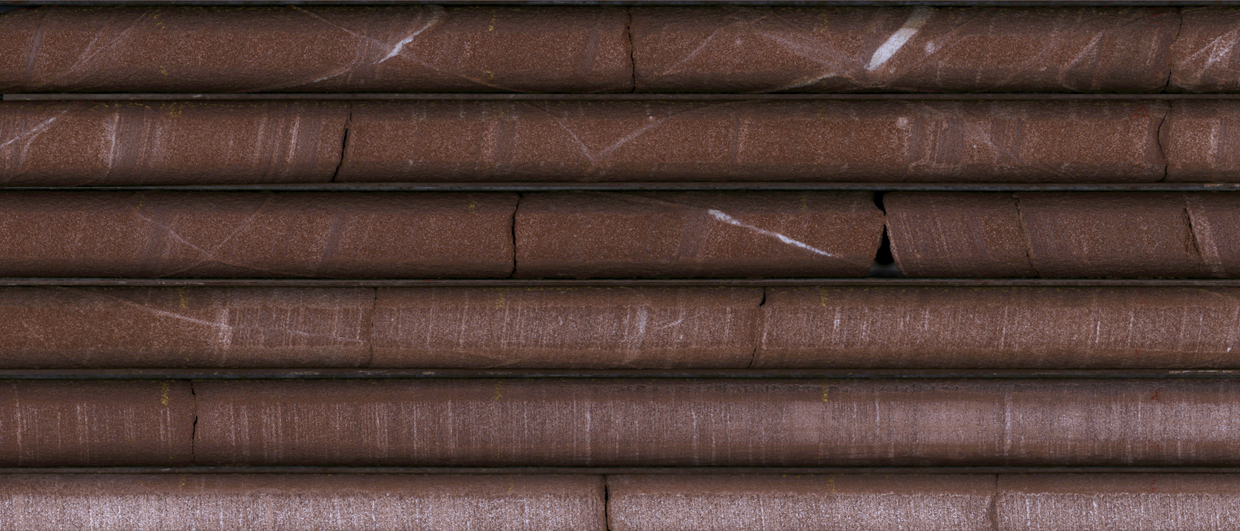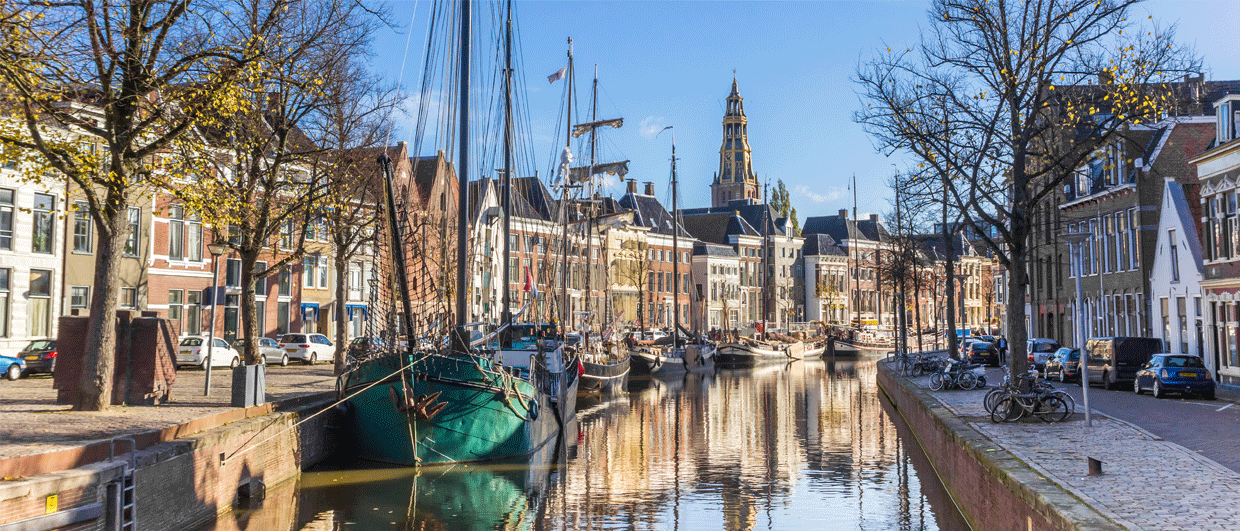Only a few days ago, a very interesting drilling campaign kicked off in the Netherlands, at a very prominent location close to the Ajax football stadium in Amsterdam. And while Ajax finds itself at the very bottom of the premier league, something that is unheard of and has generated a national outcry, the drill bit a couple of kilometers away deliberately tries to reach rock bottom as soon as possible.
The well is not a “normal” oil and gas well, it is a geothermal exploration well – part of the SCAN project. Operated by state-player EBN, another first, the well aims to de-risk the subsurface for future geothermal development drilling. As such, the well is purely exploratory and will not be part of a future doublet.
See also: Seismic acquisition for geothermal exploration
The idea is to drill a series of these geothermal exploration wells throughout the country at places where “conventional” exploration drilling never took off. The drilling locations were further narrowed down using the results of an extensive 2D seismic acquisition campaign – also part of the SCAN programme – that aimed to fill the initial gaps in subsurface understanding of the areas that were never heavily targeted by the oil and gas industry.
Geologist Marten ten Borgh from EBN presented about the Amstelland-01 well, which is abbreviated to AMS-01, at the Energy Geoscience Conference in Aberdeen in May this year. He showed that previous mapping exercises suggested that the Upper Permian Rotliegend would be very thin in the area. However, a more detailed analysis of the nearest offset well Weesp-01, in combination with the SCAN seismic line that was shot over this well, made clear that the Rotliegend is faulted out in the well. The seismic data now suggest that the expected thickness of the Rotliegend is around 140 m, much more than the 5 m found in Weesp-01.
A secondary target of the well is the Lower Cretaceous, with an expected temperature of around 62 degrees C. The Rotliegend is expected to be found at a temperature of 87 degrees C.
Is there a chance to find gas, or maybe oil, in these wells? “That is unlikely”, said Marten during the conference. “We planned the wells in such a way to avoid any closures. We need to find a 500-600 column for there to be a hydrocarbon discovery, which seems very unlikely.”





